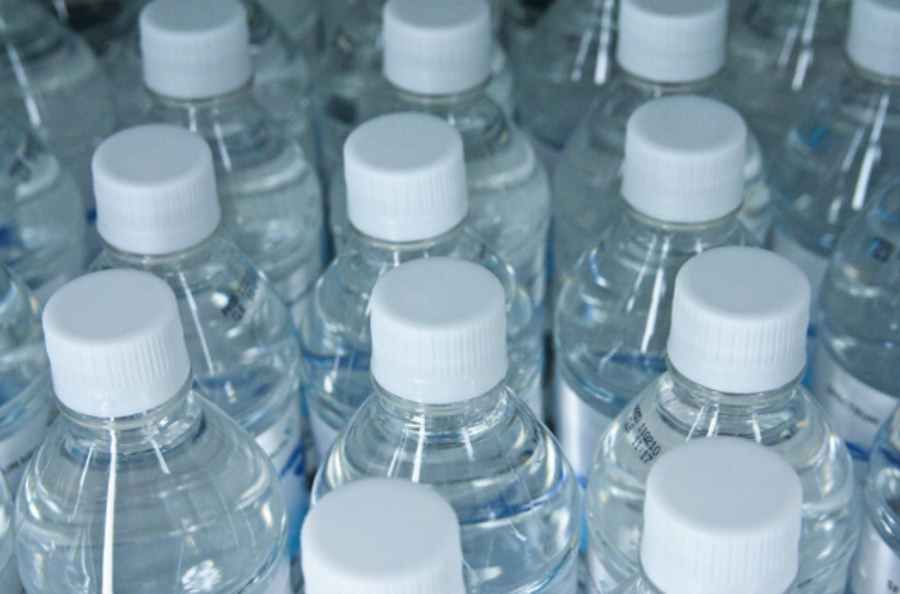
Plastic particles found in bottled water from around the world
The tests were conducted by researchers from the State University of New York at Fredonia. In a study commissioned by the nonprofit organization Orb Media, an average of 10 plastic particles per liter of bottled water was discovered. Each was larger than the width of a human hair. 93 percent. The bottles tested contained plastic particles.
The companies, whichorych brands have been surveyed claiming that their bottling plants are operated to the highest standards.
Currently, there is no evidence ofow on the fact that the consumption of very small pieces ofoin plastic can cause harm to the body. Although in the long term it will certainly have its consequences. Understanding the potential implications is for researchers toow very important.
Bottled water, whichora used for the study was purchased m.in. in Brazil, China, India, Indonesia, Germany or Mexico. This was dictated by data on bottled water consumption and also due to the large population of.
The study was conducted using a method developed several years ago by British scientists that has aoIn detection techniques for plastics in water. It involves m.In. On adding a special dye to the water – Nile Red. It combines with plastic and is fluorescent under certain wavelengths of light.
Because the study was not peer-reviewed through the normal process of publication in a scientific journal, the BBC asked an expertoin this area for comment. Michael Walker, a chemist with the coohe British government acknowledged that the work was "well conducted" and that the use of Nile Red has "very good rhodiumod". Andrew Mayes of the University of East Anglia and one of the pioneers of theoin Nile Red technology, told the BBC that it "Very high quality analytical chemistry".

Plastic particles visible after filtering the water, phot. Orb Media
The study found an average of 10 plastic particles larger than the width of a human hair per liter of bottled water. But those smaller than 100 micronsoin found much more. Although for these smallest particles, the Nile Red technique can’t accurately determine if it’s plastic, scientists surmise that it is.
But where can this plastic come from? Given the amount of polypropylene thatory is used in bottle caps, one theory mowi that opening the bottle can throw the particles inside. Perhaps the plastic particles are already in the water before it is spilled into the bottles.
– Bottle by bottle, brand by brand – We found particles of plastic everywhere. It’s not a matter of pointing fingers at the individualolne brands, it really shows that plastic is everywhere. Plastic has become such a ubiquitous material in our society that it permeates water – Sherri Mason, a chemistry professor at the State University of New York at Fredonia, said in an interview with the BBC.
Last year, a study also done by Orb Media found that tiny bits of plastic, ktore most likely to come from the breakdown of plastic, are found in most of the world’s water intakes. Plastic particles larger than poł millimeter found in probkach of water taken from almost all over the world. Most were in water in the US – 80 percent. probek, and in water from Europe – In 72 percent of. probek.
The problem of plastic pollution is growing every year. The situation is very bad in the seas and oceans, where huge islands of garbage are forming, whichore their sizes dorown someorym countries. It is not a compact mass. These sea „dumps” They are more like a suspension. They form the mainownie plastics, the vast majority of which are photodegradable material, ktory does not decay in its entirety. Tiny particles are left behind. These are the remains of larger, plastic objectsow, whichore have been torn into pieces by the sun, waves and other factorsow. Wind and ocean currents accumulate plastic debris and as a result, huge islands are formed from it.


